Phenotypic diversity of T cells in human primary and metastatic brain tumors revealed by multiomic interrogation
- PMID: 37217652
- PMCID: PMC10293012
- DOI: 10.1038/s43018-023-00566-3
Phenotypic diversity of T cells in human primary and metastatic brain tumors revealed by multiomic interrogation
Abstract
The immune-specialized environment of the healthy brain is tightly regulated to prevent excessive neuroinflammation. However, after cancer development, a tissue-specific conflict between brain-preserving immune suppression and tumor-directed immune activation may ensue. To interrogate potential roles of T cells in this process, we profiled these cells from individuals with primary or metastatic brain cancers via integrated analyses on the single-cell and bulk population levels. Our analysis revealed similarities and differences in T cell biology between individuals, with the most pronounced differences observed in a subgroup of individuals with brain metastasis, characterized by accumulation of CXCL13-expressing CD39+ potentially tumor-reactive T (pTRT) cells. In this subgroup, high pTRT cell abundance was comparable to that in primary lung cancer, whereas all other brain tumors had low levels, similar to primary breast cancer. These findings indicate that T cell-mediated tumor reactivity can occur in certain brain metastases and may inform stratification for treatment with immunotherapy.
© 2023. The Author(s).
Conflict of interest statement
M.E.H. has an advisory role at TME Pharma. E.L. receives research grants from Bristol Meyers Squibb on a topic unrelated to this manuscript. J.A.J. currently serves on the scientific advisory board of Pionyr Immunotherapeutics and received an honorarium for speaking at a research symposium organized by Bristol Meyers Squibb (last 3 years). All other authors have no competing interests.
Figures

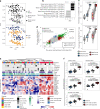
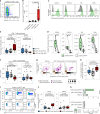
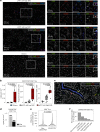
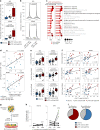
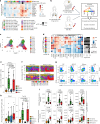

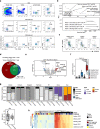

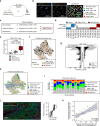

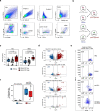

References
Publication types
MeSH terms
Grants and funding
LinkOut - more resources
Full Text Sources
Medical
Research Materials

